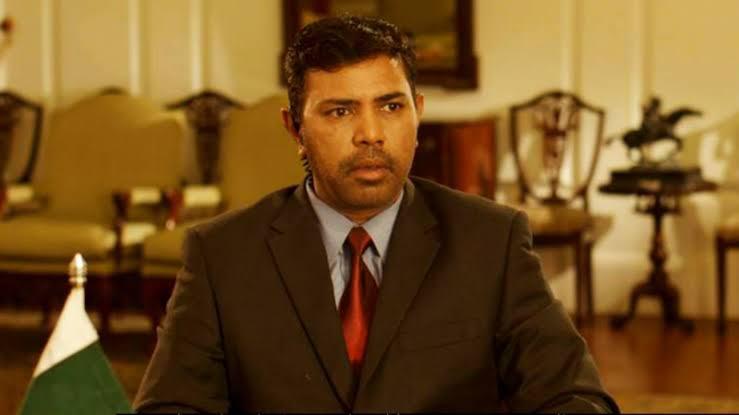On a cold morning in November 2016, the Supreme Court declared various petitions seeking the disqualification of then prime minister Nawaz Sharif on corruption charges to be admissible. Over the next seven months, the court conducted marathon hearings, culminating in the PM’s disqualification. The public, the court held, had the right to be governed by representatives whose “financial dealings, earnings and expenditures are open to public scrutiny” to cleanse our institutions from the “evils of corruption, money laundering, loot and plunder of national resources by a few”.
Contemporaneous with its crusade against corruption, the court dismissed a petition soliciting information regarding the number of references pending before the Supreme Judicial Council and seeking directions to expedite the disposal of such references. For the uninitiated, the Constitution secures judicial independence by ensuring security of tenure. Judges of the superior courts can, thus, only be removed if the SJC, a body comprising the five senior-most judges in the country, finds them guilty of misconduct.
Given frequent attempts to emasculate the judiciary throughout our history, the judiciary has inevitably remained sceptical of any parliamentary oversight of judicial conduct. Unsurprisingly, such recalcitrance has often engendered critiques of judges’ unaccountability. In 2023, for instance, members of parliament’s Public Accounts Committee were particularly irked after the Supreme Court registrar failed to attend the committee’s meeting despite repeated notices.
While a robust mechanism of self-accountability may have served as the strongest guardrail against attempts to chip away the judiciary’s independence, the SJC, between 1971 and 2018, only removed a single judge for misconduct despite bar rooms across the country reverberating with murmurs about the integrity of certain judges.
In 2018, the SJC found justice Shaukat Aziz Siddiqui of the Islamabad High Court guilty of misconduct after he publicly expressed concerns about the security establishment’s attempts to influence the adjudication of political cases. At the time of his removal, justice Siddiqui also faced charges of corruption. What propelled the SJC into action, however, were not allegations of corruption or the venom that justice Siddiqui routinely spewed against religious minorities. Interestingly, while finding him guilty of misconduct, the SJC refused to delve into the veracity of justice Siddiqui’s allegations, opting to penalise him for raising his grievances publicly.
Judicial independence entails more than righting past wrongs.
The SJC’s recent removal of former judge Mazahar Naqvi on charges of financial impropriety and the Supreme Court holding that justice Siddiqui’s removal in 2018 was untenable mark a new dawn in our jurisprudential history. Nonetheless, a recent letter addressed to the SJC by judges of the Islamabad High Court raising concerns similar to the ones raised by justice Siddiqui demonstrates that the road to judicial independence entails more than just righting past wrongs.
Consider, for instance, the Supreme Court’s landmark decision in Asma Jilani’s case in 1972 where it declared Yahya Khan’s martial law to be an unconstitutional usurpation of power. While the judgement suggested that the court had finally laid the ghosts of Tamizuddin and Dosso to rest, the judgement came shortly after Gen Yahya’s relinquishment. Nonetheless, the Supreme Court’s real test followed five years later as it became seized of petitions challenging the constitutionality of Gen Zia’s martial law. Departing from the principles it laid in Asma Jilani, the court once again capitulated, validating Zia’s oppressive dictatorship.
Writing for these pages, lawyer Faisal Siddiqi recently argued that great judgements ought to meet the twin goals of excellence and relevance. Will the Supreme Court’s recent judgements act as a bulwark against those endeavouring to influence judicial proceedings or will they be relegated to our jurisprudential peripheries like the Asma Jilani judgement?
As a judge of the Supreme Court, Chief Justice Isa and his family resolutely fought the state’s might. As the chief justice of Pakistan, will he be able to navigate through the institutional structures that continue to ostracise judges who remain committed to upholding the Constitution? More importantly, will Justice Isa be able to ameliorate the polarisation which has characterised the Supreme Court since its decision in the reference against him to evolve an appropriate institutional response? The answer to this question will not only determine the fate of judicial independence and democracy but will also determine Justice Isa’s own legacy.
Until then, the fate of our republic and the fate of the chief justice both hang in the balance.



